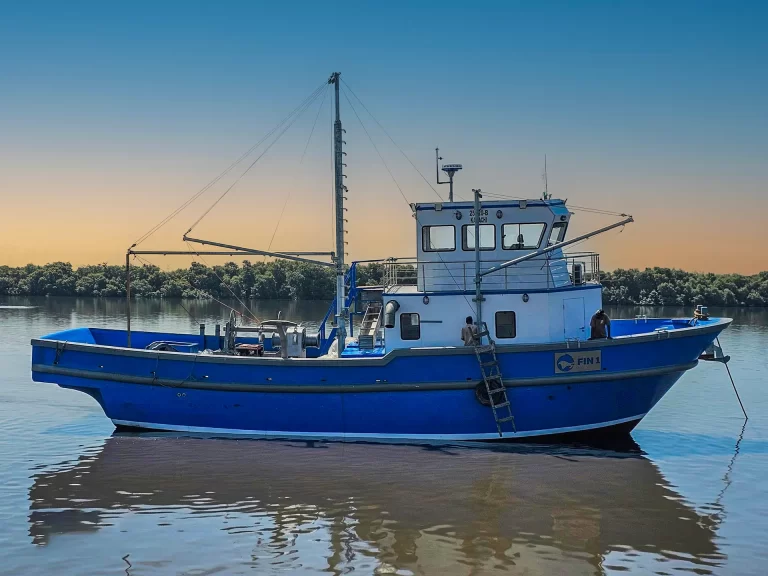Nigeria is rich in hydrocarbons especially in the shallow and deep waters off its shore in Niger Delta. Among the fields in the delta is Agbami Field, which lies 70 miles (113 km) off the coast of the central Niger Delta region and spans 45,000 acres (182 sq km). Discovered in 1998, the Agbami Field is at a water depth of approximately 4,800 feet (1,463 m). This is part of the OML90, OML91, and OML49 blocks, which are located offshore in the northwestern part of the Niger Delta. It is part of the NNPC/Chevron joint venture (JV). These blocks contains Okan, the oldest offshore field in Nigeria, and one of the largest. Other fields include Meji, Mefa and part of Delta South (unitised with OML 49). There is extensive infrastructure on the block, with over 20 platforms and hundreds of kilometres of pipelines.
Problem
Chevron in Nigeria (Chevron Nigeria Ltd., CNL) operates approximately 40 fields that account for 9.08% of the total production with daily average of 198,159 barrels per day. By 2015, many of its platforms had reached their critical aging and required a thorough review of their power systems to eliminate any potential malfunctions. Additionally, it was observed that many of its platforms had problems in protection coordination and adequacy of protection system. The power systems of the platforms included embedded gas or diesel generation and MV and LV distribution systems that was supplying power to mainly the motoring and instrumentation loads in addition to auxiliary loads. Being an oil and gas platform, the criticality in terms of economic value was enormous. CNL required a reliable partner to investigate the power systems on-ground by visiting the fields and platforms and then accurately model the system in software to precisely evaluate the potential bottlenecks. To begin with, Chevron decided to evaluate ten of its platforms in South Offshore Area (SOA), that were:- Delta Production Platform (PP)
- Delta South Production Platform (PP) and Delta South Quarters (Qtr.)
- Delta South Water Injection Platform (WIP)
- Meji Power Production Platform (PP)
- Okan Gas Gathering Compression Platform (GGCP)
- Okan NWP
- Okan Production Platform (PP)
- Okan AP
- Meji Gas Gathering Compression Platform (GGCP)
- Tapa Production Platform (PP)
Solution
As the power system of these platforms include myriad of equipment including generators, motors, VFDs, cables, protection relays, vacuum contactors and breakers, ACBs, and MCCBs among other equipment. To thoroughly investigate the power systems that had already been designed and commissioned, we proposed a number of steady-state network studies including:- Load flow
- Short-circuit
- Protection coordination
- Relay settings review
- Motor starting analysis
- Harmonic analysis
- Site survey: which took months of engineering hours to identify and complete the as-found conditions on sites.
- Data collection, verification, and validation.
- System model development
- Scenario build-ups
- Inferences on the as-found systems
- Recommendations on adequacy and reliability


